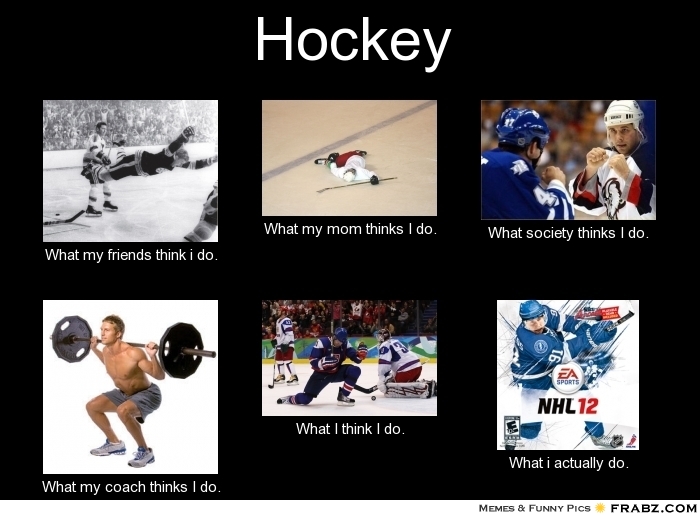Over the past months, we’ve had a series of posts about the stats we use, and consolidated them all on to the stats page above. We went into offensive zone starts (OZone%), Corsi, Quality of Competition faced, and a few others. But looking at one of these stats on their own doesn’t give you the whole picture. It’s why, generally speaking, we look at OZone, Corsi Rel QoC, and RCorsi as a whole. On their own, they don’t tell much of the story. Together, they give us insight into how the player is used on the ice, how effective he is, and how much the coaching staff trusts him.
The first step in understanding how they work together is understanding player usage charts. These charts, put together by Rob Vollman, are a visual representation of OZone Starts and Corsi Rel QoC. When you put these together, you see how each player was used by the coaching staff. We discussed how the Rangers used their forwards and defensemen, and the results shouldn’t be a surprise to anyone. The reason why this is important is because Alain Vigneault is an even bigger proponent for line matching and usage. He started the Sedin twins in the offensive zone over 65% of the time. This is the same concept that will follow him to New York.
However, it’s more than simply usage. We can get a sense of understanding about trust from usage, as the players the coach trusts defensively will get the defensive zone starts to stifle the opposition. The players the coach trusts offensively will get the offensive zone starts. It’s not exactly rocket science.
More so than usage, we need to understand how effective a player is in his role. That’s where the RCorsi comes in. If you have a player that starts over 65% of his shifts in the offensive zone, you’d expect him to be on the ice for more shot attempts taken than shot attempts against. The same theory applies to those that start in the defensive zone, you expect them not to be on the ice for more shot attempts against than shot attempts for. Again, not really rocket science.
The interesting part is when you find players that don’t stick to this theory. For the Canucks, it was a player like Derek Roy, who started 42% of his shifts in the offensive zone (against decent competition), but still had a 8.5 RCorsi. Despite not being given the generous Sedin-like offensive zone treatment, Roy was still able to drive puck possession. That kind of player is very valuable.
For the Rangers, Ryan McDonagh was the player who played a shutdown role but still drove puck possession.
Across the league, Pascal Dupuis fits this mold. As do Patrice Bergeron, Sean Couturier, Lee Stempniak, and Rob Klinkhammer. Some of these names, like Bergeron and Couturier, shouldn’t surprise you. But names like Dupuis, Stempniak, and Klinkhammer might.
When you bring it all together, you are finding players that have shown they can be an offensive driver, while still succeeding in that shutdown role. These are the rare players that would instantly help any team. Naturally, sample size comes into play (Klinkhammer played just 22 games last season), but that is the standard with any analysis. The larger the field of data, the more accurate the results.
When next season starts, you’ll see us start using these player usage charts more often. They are a great resource, since it gives a visual representation of this explanation. The combination of the stats how they should be used (in my opinion) to get the whole picture. Hopefully, someone with a great statistical mind will create one stat that unifies these into one overall metric.
Share:
More About:Analysis

